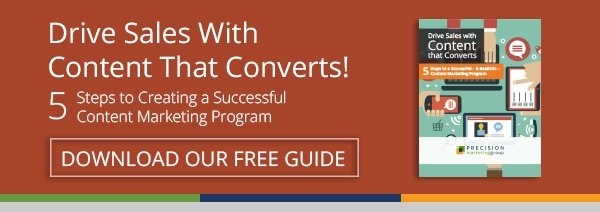It has to be an incredible moment, hearing an Academy Awards presenter call your name as the winner in your category. But you have no time to relish it, really. Well, you have 45 seconds.
Since 2010, Oscar winners have had to follow the 45-second rule for their acceptance speeches. Time starts the moment your name is called, not when you get to the podium, so winners have to be ready to move if they want time to gush their gratitude to family, friends, and film colleagues and maybe even sneak in a political statement or two.
It almost makes you feel bad for them. They likely worked for years on the project they are getting recognized for. They probably have made tremendous sacrifices and had some serious failures along the way. After finally being nominated, they then have stressed over what to wear, who to take as their guest, and what they may say if they win. And then they have only 45 seconds to speak at the podium and create a memorable moment? It doesn’t seem fair...
Wait a minute! They've just won an Academy Award. We do NOT feel bad for them.
And the reality is that they have WAY more time to be memorable than you do when marketing your products or services. Imagine if you could get your target buyers to spend 45 seconds on your website, email, or YouTube channel? Imagine the leads you’d get? The business you’d gain?
Unfortunately, you just don’t have that kind of time. So how can you take full advantage of the few seconds you do have to be memorable with your audience? Here are a few strategies to consider.
1. Write Killer Meta Descriptions
If your optimization efforts are working and you are showing up in the first 10 search engine results, make sure you have created compelling meta descriptions for those pages so that searchers will click. For example, if I am seeking lighting for my home and I search Google for “best lighting Boston,” the top results appear:

Wolfers Lighting is the first lighting business that shows up in the results. The meta description confirms they are a Boston lighting resource serving consumers and trades and provides several links for me to choose on their site. Wolfers’ closest competitor, Yale Appliance and Lighting, shows up a couple spots below them. Their meta description seems to start in the middle of a sentence, is more general, and does not provide any Call-to-Action links. Chances are that the Wolfers link will get more engagement than the Yale link.
See the components of a good meta description.
2. Bounce Proof Your Website
When visitors get to your site, you have precious seconds to give them the information, entertainment or invitation that compels them to stay and learn more and ultimately to take the desired action of completing a form or making a purchase. If you fail, they will bounce off your site. A bounce is defined as a visitor who leaves your site after viewing the page she enters on – so someone may find your home page, not see what they're looking for, and leave.
As a rule, your bounce rate on any page should not be more than 30 percent. To start bounce proofing your site, look at your Google Analytics to see bounce rates and average time on page to get a sense of how your site is performing in this area.
Here are some insights into what to look for when evaluating your bounce rate.
3. Get Engagement on Your Emails
When your target clients are scrolling through their email inboxes, you want to make sure your message stands out. It starts with a strong subject line. Here are some tips for writing email subject lines that get clicked.
Once they open, your next goal is to get them to click on desired Calls-to-Action, reply or forward your email to share it. The best practices for success here include:
- Delivering a compelling combination of visual and verbal interest
- Highlighting one main Call-to-Action you want them to take – remember, you only have seconds!
- Reviewing email opens, clicks, and shares to gauge performance and repeat what works well
4. Pack a Punch with Succinct Social Media Bites
If your organization has shown up in a prospect’s LinkedIn, Instagram, Facebook, Twitter or other social media feed, you have a split second to get them to stop and click. Whether you are lucky enough to be showing up organically – this is getting harder and harder to do as social media algorithms reward advertisers – or you have paid for the privilege through advertising, you need to present a strong combination of words and images that, again, illuminates a clear Call-to-Action.

5. Create Quick & Easy App Onboarding
When looking to increase engagement with a mobile app, you’ll want to make it as fast as possible for a user to download it and get to the goods. Forgo the information overload, lose the cumbersome account creation and log-in activities and let your users dig into the app more quickly.
Here is how Hootsuite shows users its app:

Image from Helen Park, Hootsuite
Better onboarding will not only help reduce app abandonment but it can also increase the retention of your user base. See some other ways to increase your app engagement and retention.
So while you’ll never get the luxury of 45 seconds to make an impression with your marketing, these strategies can help you make the best use of the seconds you do have.
And just for fun, check out some Oscar links!
- Cuba Gooding winning Best Supporting Actor for Jerry Maguire in 1997 – my personal favorite, his joy is so contagious!
- 10 Longest Oscar Speeches Ever
- 10 Oscar Winners with Speeches Under 11 Words
- Most Emotional Oscar Acceptance Speeches




